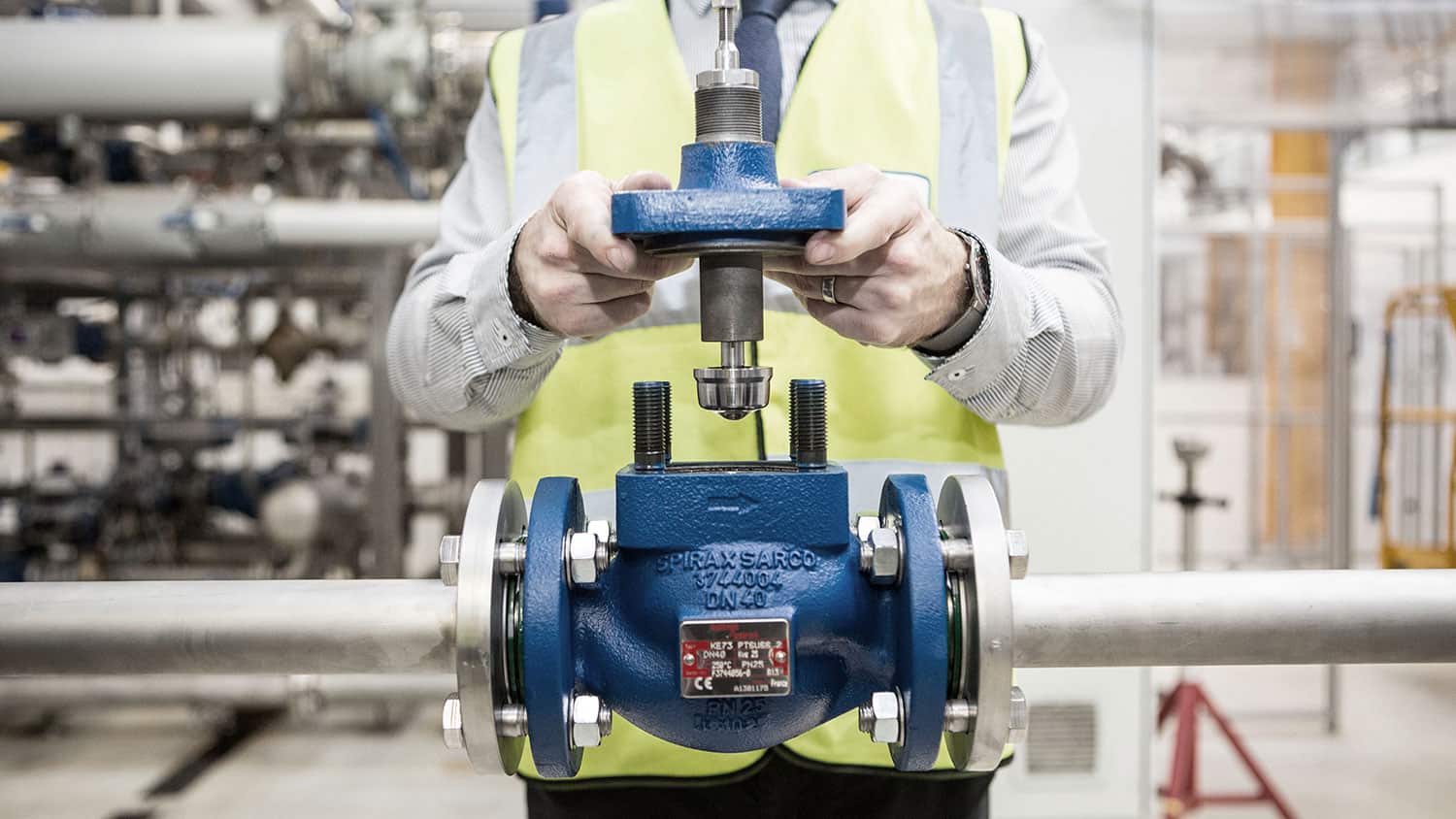Enhancing System Control with High-Performance Control Valves
Enhancing System Control with High-Performance Control Valves
Blog Article

Maximize Power Savings and Comfort With Advanced Building Automation Controls
In the world of modern-day design and facility monitoring, the combination of sophisticated building automation controls stands as a critical advancement. By utilizing the power of automation, buildings can adjust, react, and evolve in methods that were once unbelievable.
Energy Efficiency Advantages
Power effectiveness benefits can dramatically minimize energy usage and operational prices in structures. By implementing energy-efficient methods and innovations, structure owners and operators can accomplish substantial savings while likewise adding to environmental sustainability. Among the key advantages of boosting power performance in structures is the decrease of utility costs. Energy-efficient systems, such as innovative structure automation controls, can optimize using resources like heating, lighting, and cooling, causing reduced power expenditures gradually.
In addition, boosted energy effectiveness can prolong the lifespan of structure devices and systems. By running more effectively, heating and cooling systems, lighting fixture, and various other building components experience much less damage, resulting in decreased maintenance and replacement prices. Additionally, energy-efficient structures typically regulate greater residential property worths and rental prices, giving long-term economic advantages to proprietors.
Furthermore, power performance can improve owner convenience and performance. Properly regulated indoor atmospheres with optimal illumination and thermal conditions develop an even more pleasurable and helpful office, leading to boosted employee complete satisfaction and efficiency. In general, the energy efficiency advantages connected with innovative building automation controls are multifaceted, encompassing expense savings, environmental stewardship, and passenger health.
Enhanced Convenience Control
Enhancing comfort control in building settings needs an advanced assimilation of advanced automation systems for optimum passenger health. By making use of sophisticated building automation controls, facilities can tailor the indoor atmosphere to fulfill the details requirements and choices of occupants. control valves.
By incorporating these advanced controls, buildings can not only improve convenience but additionally improve energy efficiency by optimizing system procedures based on actual occupancy and usage patterns. Eventually, prioritizing passenger comfort with innovative automation systems leads to a much more enjoyable and much healthier interior setting.
Operational Performance Improvements

Additionally, the application of real-time surveillance and analytics tools allows building drivers to identify power ineffectiveness and operational anomalies promptly. By constantly keeping track of energy use patterns and system performance metrics, modifications can be made in real-time to maximize energy usage and guarantee peak functional performance. control valves. Furthermore, integrating demand response strategies into building automation controls can additionally enhance operational efficiency by dynamically adjusting energy use based upon grid problems and rates signals
Indoor Climate Optimization
Efficient interior climate optimization is an essential aspect of building automation controls, ensuring occupants' convenience and wellness while making the most of energy savings. By utilizing advanced sensing units and controls, developing automation systems can continuously check and readjust temperature level, moisture levels, air quality, and air flow to develop an ideal indoor environment. Keeping regular and comfortable conditions not only enhances occupant contentment but also enhances productivity and general health.
Interior climate optimization also plays an essential function in power effectiveness. By fine-tuning cooling, ventilation, and home anchor heating systems based on real-time data and occupancy patterns, building automation controls can substantially decrease power intake - control valves. As an example, carrying out approaches such as demand-controlled ventilation and thermal zoning can help decrease energy waste while making certain that each area of the building receives the essential conditioning.

Lasting Environment Production
Structure automation controls not just enhance interior environment problems for power performance and passenger comfort yet also lay the structure for developing a lasting atmosphere via strategic administration of systems and sources. By integrating sophisticated building automation technologies, such as sensing units, actuators, and smart software, facilities can monitor and readjust energy usage in real-time to decrease waste and decrease their carbon impact. These systems allow anticipating upkeep, identifying potential issues before they rise and enhancing devices performance to boost durability and performance.
Moreover, sustainable atmosphere production prolongs past power monitoring to encompass water preservation, waste decrease, and indoor air high quality renovation. Building automation controls can regulate water use, spot leakages, and guarantee appropriate garbage disposal techniques, adding official source to total sustainability efforts. Furthermore, by keeping track of and controlling ventilation and filtration systems, these technologies boost occupant wellness and productivity while reducing power intake associated with HVAC operations.
Verdict
Finally, advanced structure automation controls deal considerable advantages in terms of energy cost savings, comfort control, functional performance, interior environment optimization, and developing a lasting setting. By executing these controls, buildings can achieve optimum efficiency while decreasing energy intake and improving occupant comfort. It appears that making use of innovative automation modern technology is vital in improving building performance and creating a more sustainable future.
Power efficiency benefits can my response dramatically lower energy usage and functional prices in buildings. On the whole, the power efficiency benefits associated with innovative building automation controls are diverse, incorporating price savings, environmental stewardship, and passenger well-being.
Furthermore, incorporating need reaction methods into structure automation controls can better boost operational efficiency by dynamically changing energy use based on grid conditions and rates signals.
Building automation manages not only optimize interior climate problems for power performance and occupant comfort yet additionally lay the structure for producing a sustainable setting via tactical management of systems and resources.In final thought, advanced structure automation regulates deal substantial advantages in terms of power savings, comfort control, operational performance, interior environment optimization, and producing a sustainable environment.
Report this page